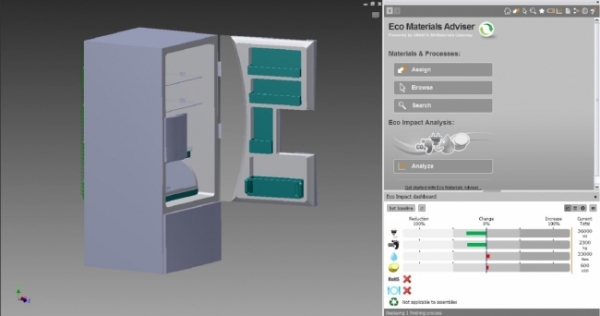You are here
Persuasive Design: Ability
Improving people's ability to behave more sustainably is one of the keys to persuasive design. This includes a whole host of powerful strategies. One strategy is making green habits easier or more convenient. For example, to encourage greener transportation, make transit more convenient to access, or make bicycling more convenient by separating bike paths from streets. You could also make driving less convenient by small but impactful things, such as reducing parking availability or increasing the cost of parking.
Another strategy is setting defaults. As a designer, you can make the most energy-efficient or otherwise sustainable settings the default. Since most users never bother to change the default settings, you'll help a lot of users. For example, many hybrid cars default to a low power, high efficiency mode until the user switches the car out of that mode.
Calculating, simulating, and measuring are all useful strategies to give your user information they can act on, and give them the information in the right place at the right time. Again, with transportation, an app can inform your user of public transit directions, cost, and time, and compare to driving cost and time, allowing your user to make the most informed (and efficient) decision.
Another strategy is giving your user real-time feedback to see their behavior's positive effects. Transparency gives your user a better sense of control over their impacts, and the consequences of their decisions. A car that shows gas mileage change in real time, for instance, may help the user learn how to drive more efficiently.
| Attachment | Size |
|---|---|
| 1.75 MB | |
| 293.91 KB | |
| 169.2 MB |
Tags:
Links and References
Comments


